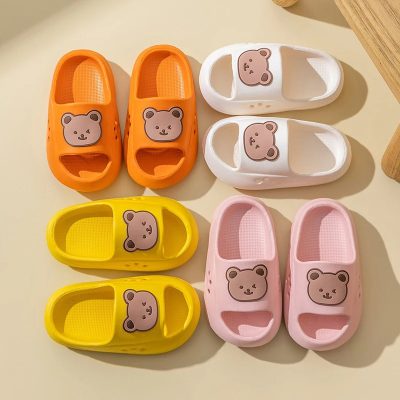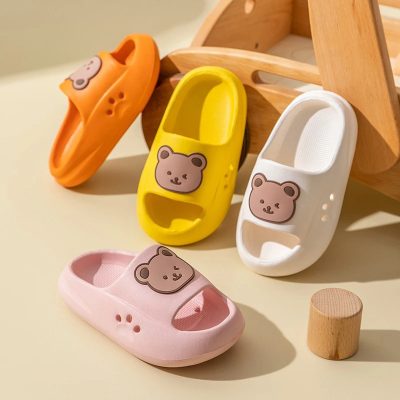As summer approaches, many parents are reaching for flip flops as the go-to footwear choice for their kids. While these sandals offer convenience and breathability, concerns about their safety for children’s feet often arise. So, are flip flops truly safe for kids, or should parents be cautious? Here’s what you need to know:
- Lack of Support: One of the primary concerns with flip flops is their lack of support, particularly in the arch and heel areas. Unlike shoes with sturdy soles, flip flops offer minimal cushioning and no arch support, which can lead to discomfort and even foot problems, especially in children whose feet are still developing.
- Increased Risk of Trips and Falls: Flip flops can pose a higher risk of trips and falls for children, especially those who are active or still mastering their coordination. The loose-fitting design and minimal foot coverage make it easier for kids to catch their toes on uneven surfaces or lose their balance while running or playing.
- Exposure to Bacteria and Fungi: Because flip flops leave the feet largely exposed, they can increase the risk of bacterial and fungal infections, particularly in humid or damp environments such as swimming pools or public showers. Without the protection of closed-toe shoes, children’s feet are more susceptible to these types of infections.
- Potential for Strain and Overuse Injuries: Prolonged wear of flip flops, especially for activities like walking long distances or participating in sports, can lead to strain and overuse injuries. The lack of support and stability in flip flops can cause children to overcompensate by gripping their toes or altering their gait, which may result in muscle strain or tendonitis.
- Choosing Safer Alternatives: While flip flops may be suitable for occasional wear, it’s essential for parents to choose safer alternatives for everyday activities. Look for sandals with thicker soles, cushioned footbeds, and supportive straps that provide better stability and protection for children’s feet.
- Proper Fit is Key: Regardless of the type of footwear chosen, ensuring a proper fit is crucial for children’s foot health and comfort. Flip flops should fit securely without excessive slipping or rubbing, and straps should be adjustable to accommodate different foot shapes and sizes.
- Limiting Wear Time: To minimize the risks associated with flip flops, parents should limit their children’s wear time and encourage the use of more supportive footwear for activities that involve prolonged walking or physical activity. Save flip flops for short outings to the beach or pool, and opt for sneakers or sandals with more substantial support for longer excursions.
In conclusion, while flip flops can be a convenient and practical choice for summer footwear, parents should be aware of the potential safety concerns for children’s feet. By choosing styles with better support and stability, ensuring a proper fit, and limiting wear time, parents can help reduce the risks associated with flip flops and keep their children’s feet healthy and happy all summer long.








